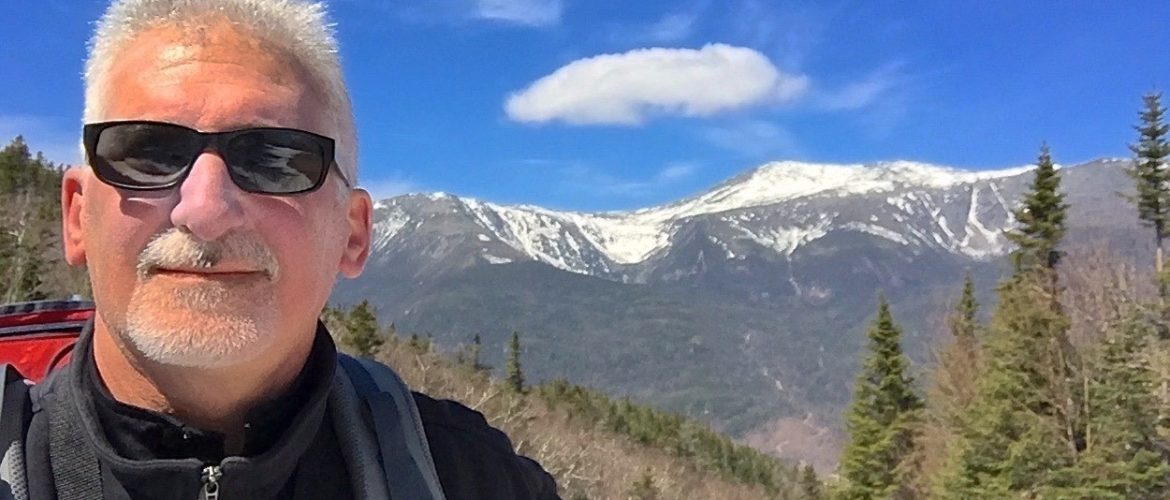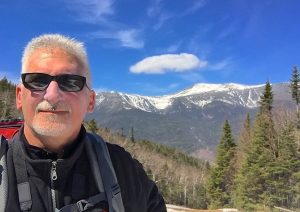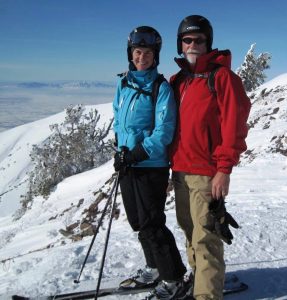Martin Pazzani grew up skiing and was even a downhill racer in college.
But by his mid-40s, he had drifted away from the sport and from fitness in general, having devoted much more time to work. So, the next time he tried to ski, things didn’t go so well.
“Skiing when you’re not fit sucks,” recalls Martin, 63, a fitness entrepreneur and marketer. “It really does.”
That day was hard on his thighs, and he didn’t have as much control and balance. “I thought I was done with skiing for the rest of my life, at age 45.”
But by the time he went skiing again seven years later, Martin had regained his fitness, so he had the necessary strength, endurance and balance. This time, skiing was more like it’s supposed to be: fun.
“I skied top to bottom my first run and didn’t even stop. I had got it back. It’s all about conditioning.”
Hitting the Slopes in Large Numbers
Baby boomers make up about 20 percent of US skiers, with millions more people over 50 also hitting the slopes. Nowadays, it’s not as physically hard as it used to be because skis are wider and easier to control, other equipment is also better, and the slopes are groomed to be so much smoother.
Plus, “senior” discounts are plentiful, with some mountains even offering free passes to people over a certain age.
And skiers love the fresh air, spectacular scenery, and community atmosphere found at most ski spots.
Here are some general suggestions about getting ready for your first ski trip of this year, or maybe even several years.
- Cardio. Be sure to go on a few walks each week and take the stairs when you can. Or, if your stamina is already fair, then work in two or three cardio workouts weekly. Martin also recommends jumping rope.
- Resistance training for legs. Most of the muscle strain from downhill skiing is on your thighs, butt, hamstrings and calves. A nice leg circuit twice a week will help get you ready. That means squats, lunges, leg curls and calf raises. Ask for a demonstration if you’re not familiar with proper form.
- Core. Skiing requires a strong core because of all the twisting and leaning forward. Get ready with planks, leg raises, and other exercises we’re happy to show you.
- Flexibility. Stretch before working out with weights, walking or running – and that includes your lower back.
She Doesn’t Let Anything Stop Her
Dawn Lowery, 57, also started as a child, and this will be her 46th year in a row of skiing – “even the years I blew out my ACLs — both knees, different years,” she says.
Dawn, above with husband John, is a physician’s assistant and member of the ski patrol. She stays in shape by hiking and biking during summers.
She practices Pilates and goes to the gym, as well, and says her core and leg strength have been instrumental in helping her bounce back after injuries and surgeries.
“Being active is very important for all seasons,” she says. “There is no off-season for exercise.”
If you want help getting in condition for skiing, send me an email and we can get you started!
Holly Kouvo is a personal trainer, functional aging specialist, senior fitness specialist, brain health trainer, writer, and speaker.



